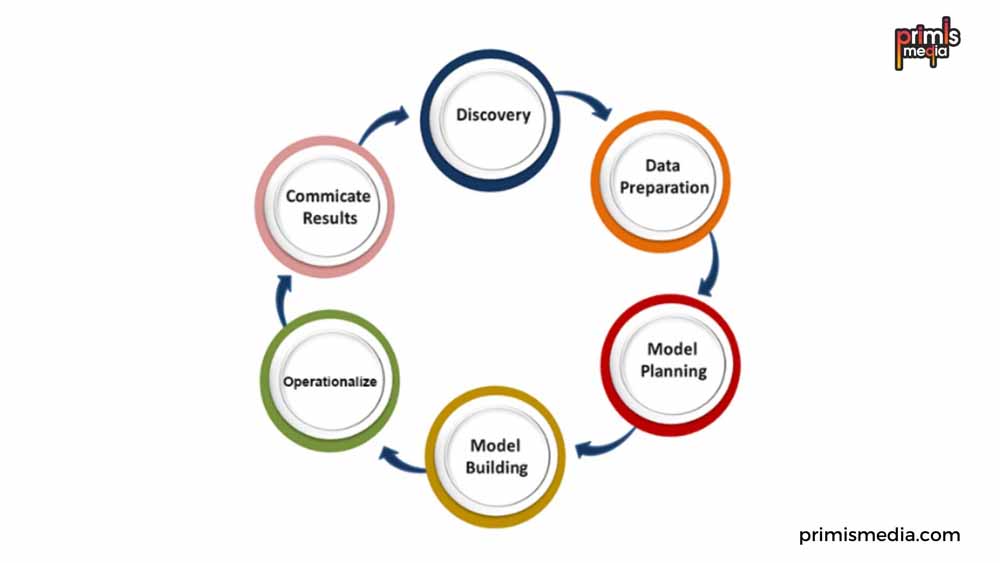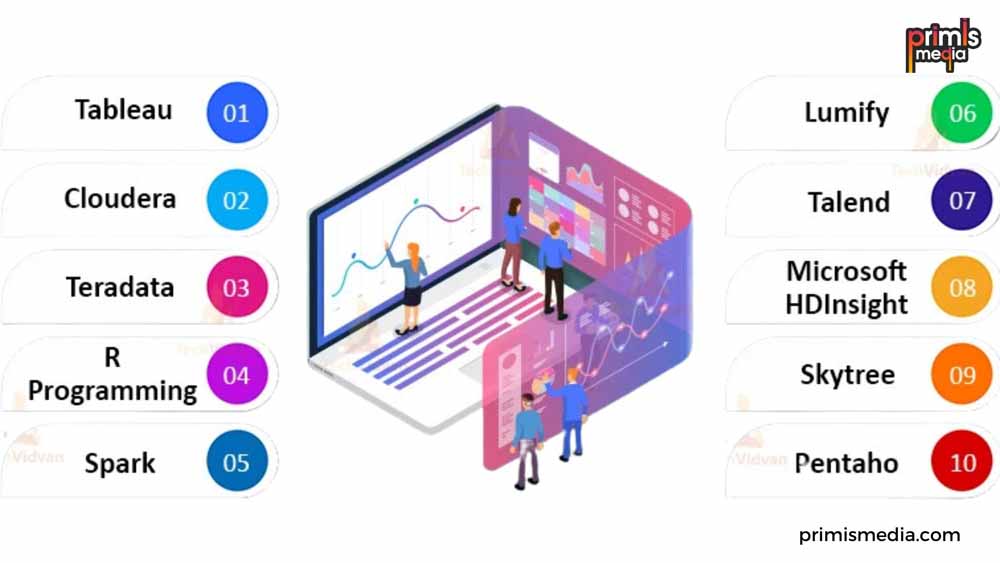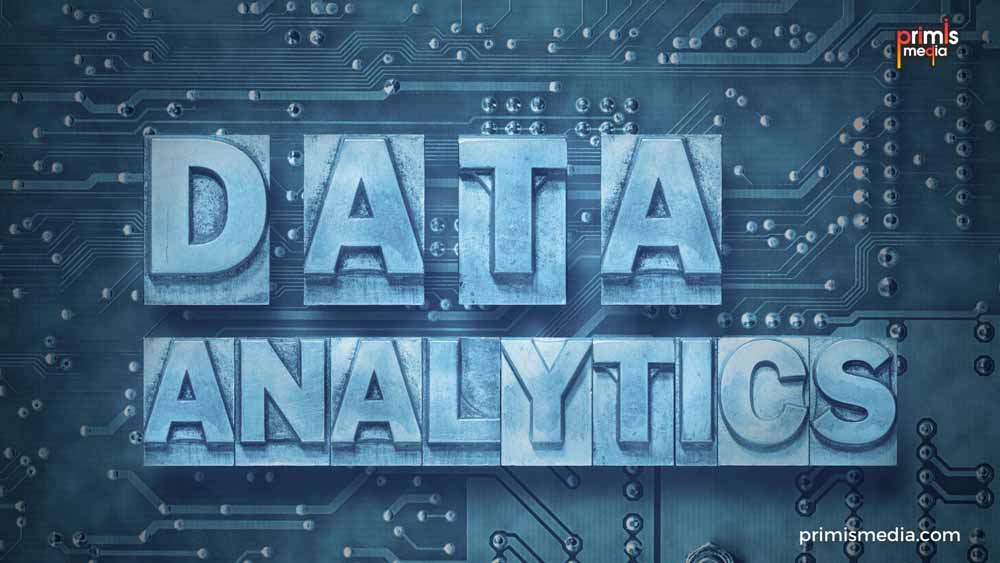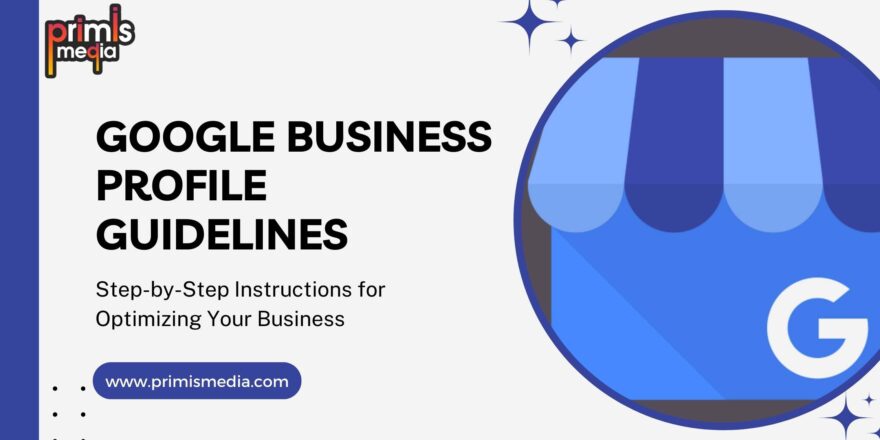Data analytics is a powerful tool for digital marketers, yet many businesses are not taking advantage of its potential. With the right tools and strategies, businesses can unlock the power of data analytics to take their digital marketing to the next level. They can gain a better understanding of their target audiences, make more informed decisions, and maximize their return on investment.
In this article, we’ll explore the benefits of data analytics in digital marketing and discuss strategies for leveraging it to your advantage.
Benefits of Data Analytics in Digital Marketing


Data analytics can provide numerous benefits for digital marketers. It can help you gain a better understanding of your target audience and their behaviour, enabling you to create more targeted campaigns. It can also help you optimize your campaigns for better performance, improving ROI.
Data analytics can also help you identify opportunities for growth and expansion. By leveraging data analytics, you can uncover new markets and customer segments, leading to increased revenue.
Additionally, data analytics can help you track competitor activity, giving you a better understanding of the marketplace.
Steps for Leveraging Data Analytics in Digital Marketing
- Define Your Goals
The first step in using data analytics to improve your digital marketing efforts is to define your goals. What are you trying to achieve with your digital marketing strategy? Is it to increase brand awareness, generate leads, or drive sales? Once you have defined your goals, you can identify the key performance indicators (KPIs) to help you measure your success.
- Collect Data
The next step is to collect the data you need to analyze. This can be done through various methods, such as website analytics tools, social media platforms, email marketing software, and customer relationship management (CRM) systems. The data you collect should be relevant to your goals and KPIs.
- Analyze the Data
Once you have collected the data, you need to analyze it to gain insights into your customers’ behaviour and preferences. This can be done through various techniques, such as data visualization, statistical analysis, and machine learning algorithms. The insights you gain from your analysis will help you identify patterns and trends in your data, which can inform your marketing strategies.
- Use Data to Optimize Your Marketing Efforts
With the insights gained from your data analysis, you can optimize your marketing efforts to better target your customers. For example, suppose your analysis reveals that your customers are primarily using mobile devices to access your website. In that case, you can optimize your website for mobile devices to improve its user experience. Similarly, if your analysis shows that your customers are most active on social media in the evenings, you can schedule your social media posts to coincide with this time.
- Continuously Monitor and Refine Your Strategy
Data analytics is not a one-time process but a continuous one. You need to regularly monitor your data and refine your marketing strategy based on your insights. This will help you stay ahead of the competition and adapt to changes in your customers’ behaviour and preferences.
- Use A/B Testing to Optimize Your Campaigns
A/B testing is a technique that involves testing two versions of a campaign to determine which one performs better. For example, you can test two different subject lines for an email campaign to see which one generates more opens. A/B testing can help you optimize your campaigns by identifying the best-performing elements and incorporating them into future campaigns.
- Personalize Your Marketing Efforts
Personalization is key to successful digital marketing. By using data analytics, you can gain insights into your customers’ behaviour and preferences, which can help you personalize your marketing efforts to better target them. For example, you can use data to segment your email list and send personalized emails to each segment based on their interests and behaviour.
Tools for Data Analytics


There are a variety of tools available for data analytics. These tools can be used to collect, organize, and analyze data. Examples include Google Analytics, Tableau, and Hadoop.
Google Analytics is a powerful tool for collecting and analyzing data. It can be used to track website traffic, user behaviour, and conversions. It also provides insights into customer preferences and demographics.
Tableau is another popular data analytics tool. It can be used to create interactive visualizations and dashboards. It provides insights into trends and patterns in data.
Hadoop is a framework for processing large amounts of data. It can be used to analyze big data sets and uncover insights.
Privacy and Security Considerations for Data Analytics


When leveraging data analytics, it’s important to keep privacy and security in mind. You need to ensure that the data you collect is secure and that it’s not used for any purpose other than what it was intended for.
You should also be aware of any applicable laws and regulations related to data privacy and security. For example, the European Union’s General Data Protection Regulation (GDPR) requires businesses to take certain steps to protect the personal data of their customers.
Conclusion
Data analytics is an incredibly powerful tool for digital marketers. By leveraging the power of data analytics, digital marketers can gain valuable insights into their audiences, optimize their campaigns, and improve their overall performance. With the right tools and strategies, businesses can unlock the power of data analytics to take their digital marketing to the next level.
They can gain a better understanding of their target audiences, make more informed decisions, and maximize their return on investment. With data analytics, digital marketers can gain a competitive edge and stay ahead of the competition.





